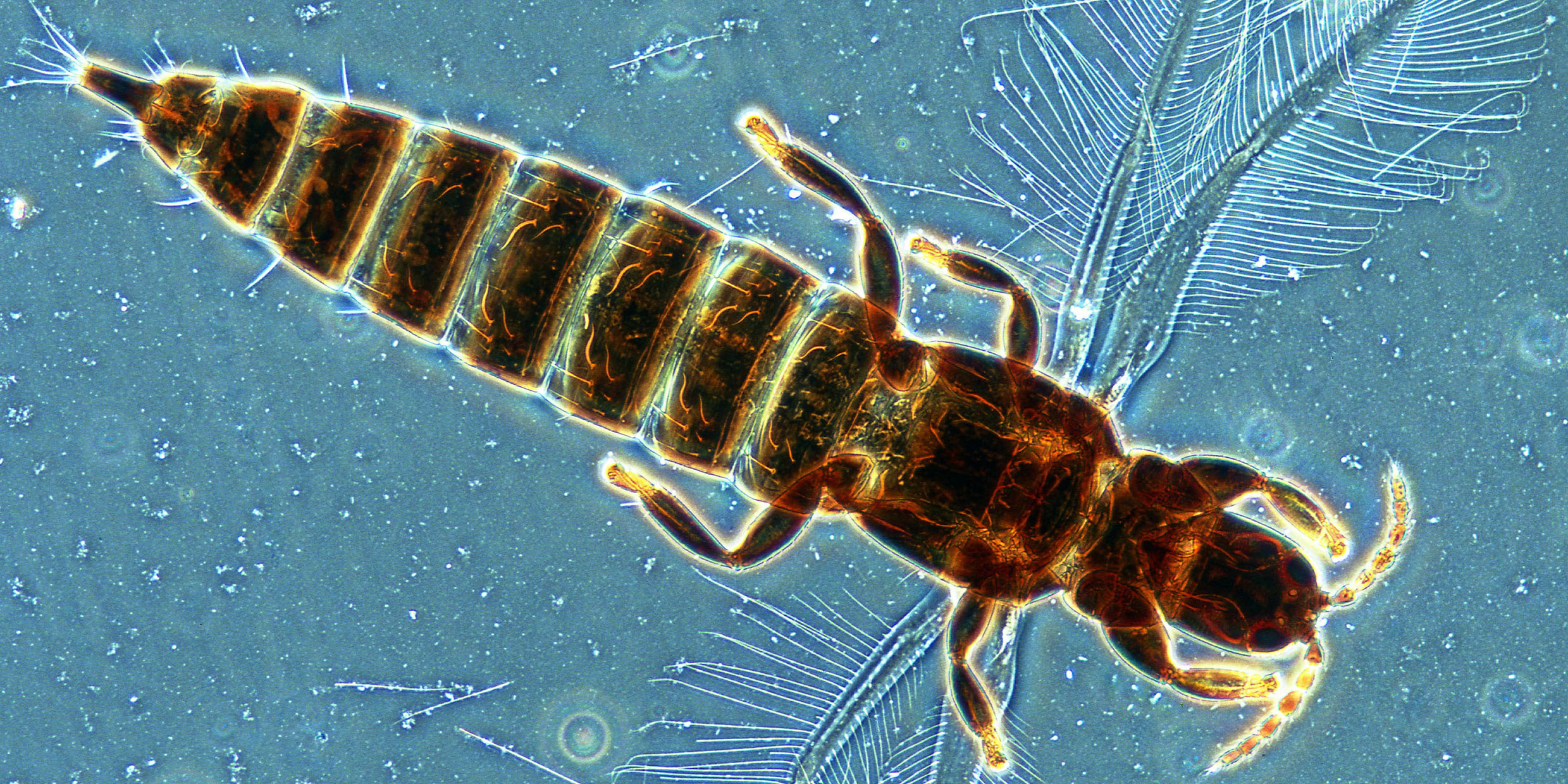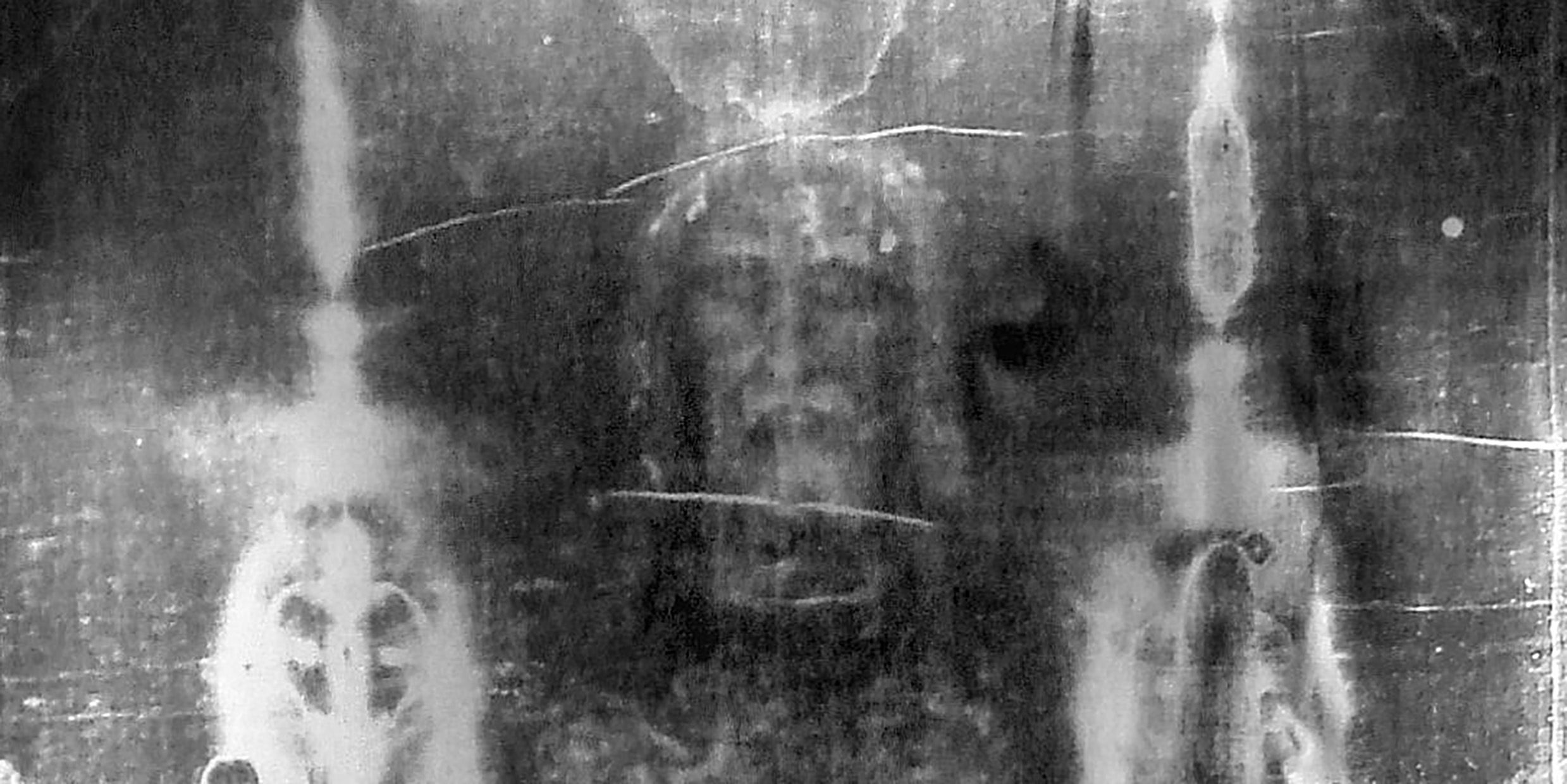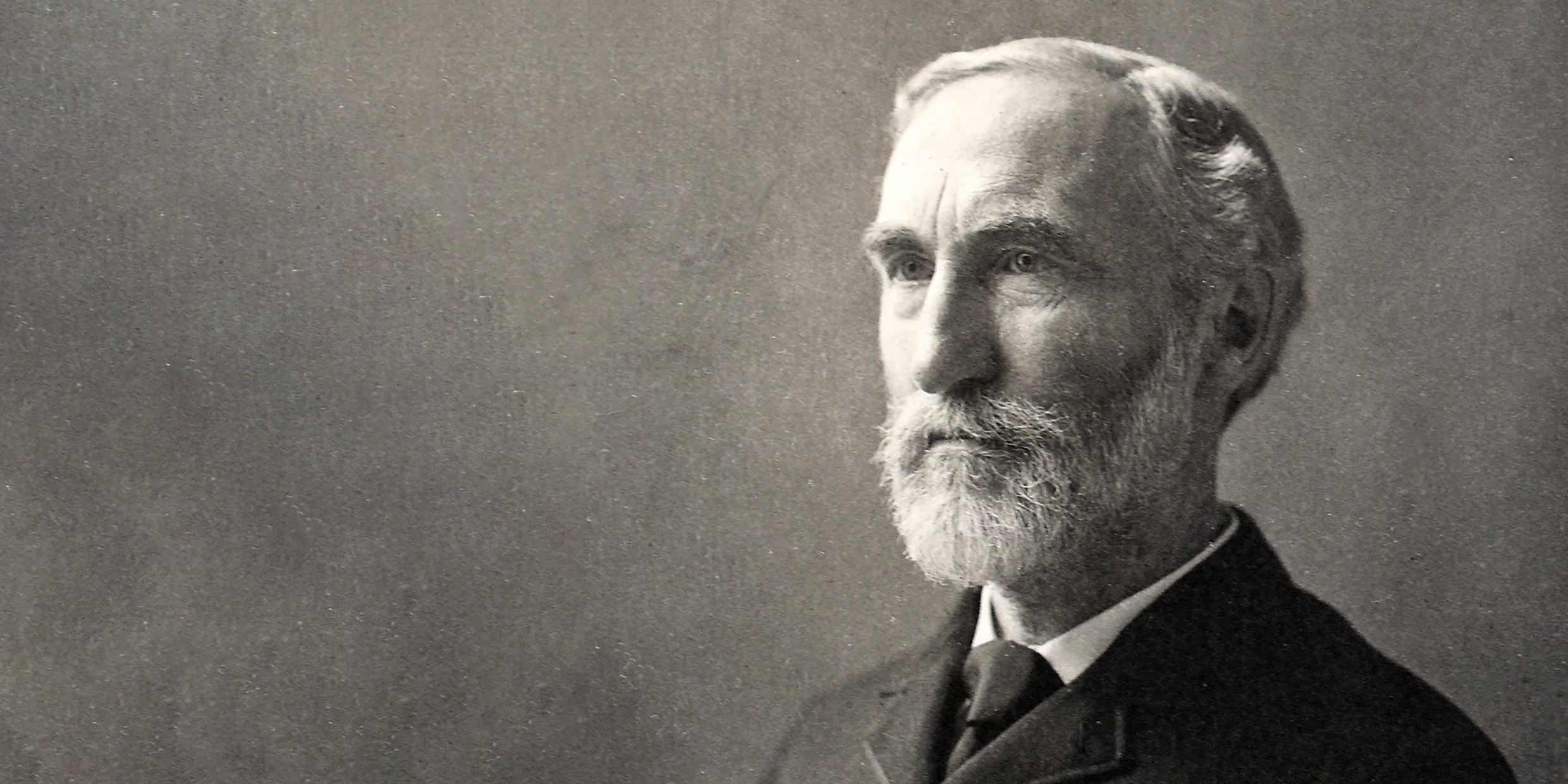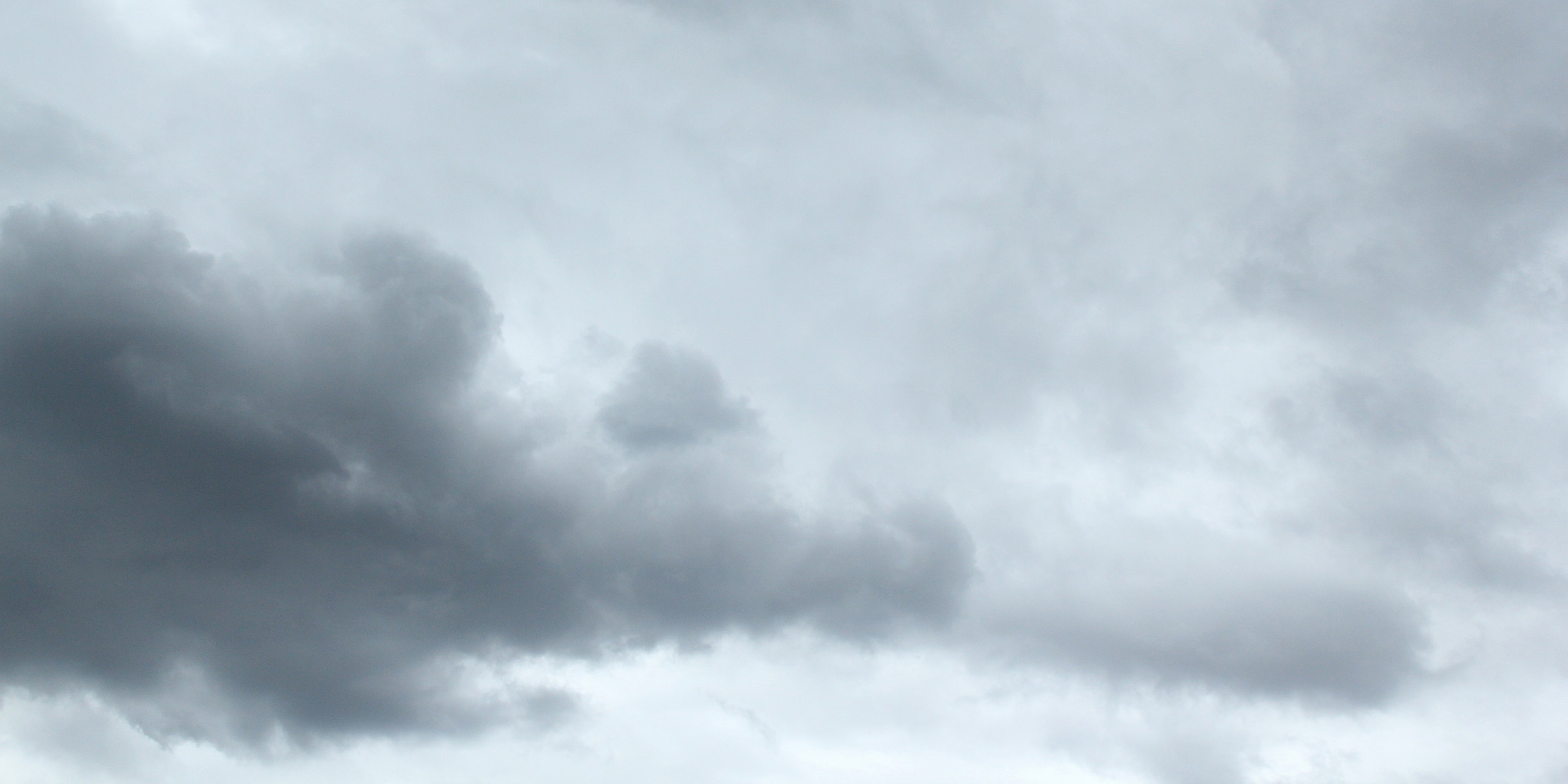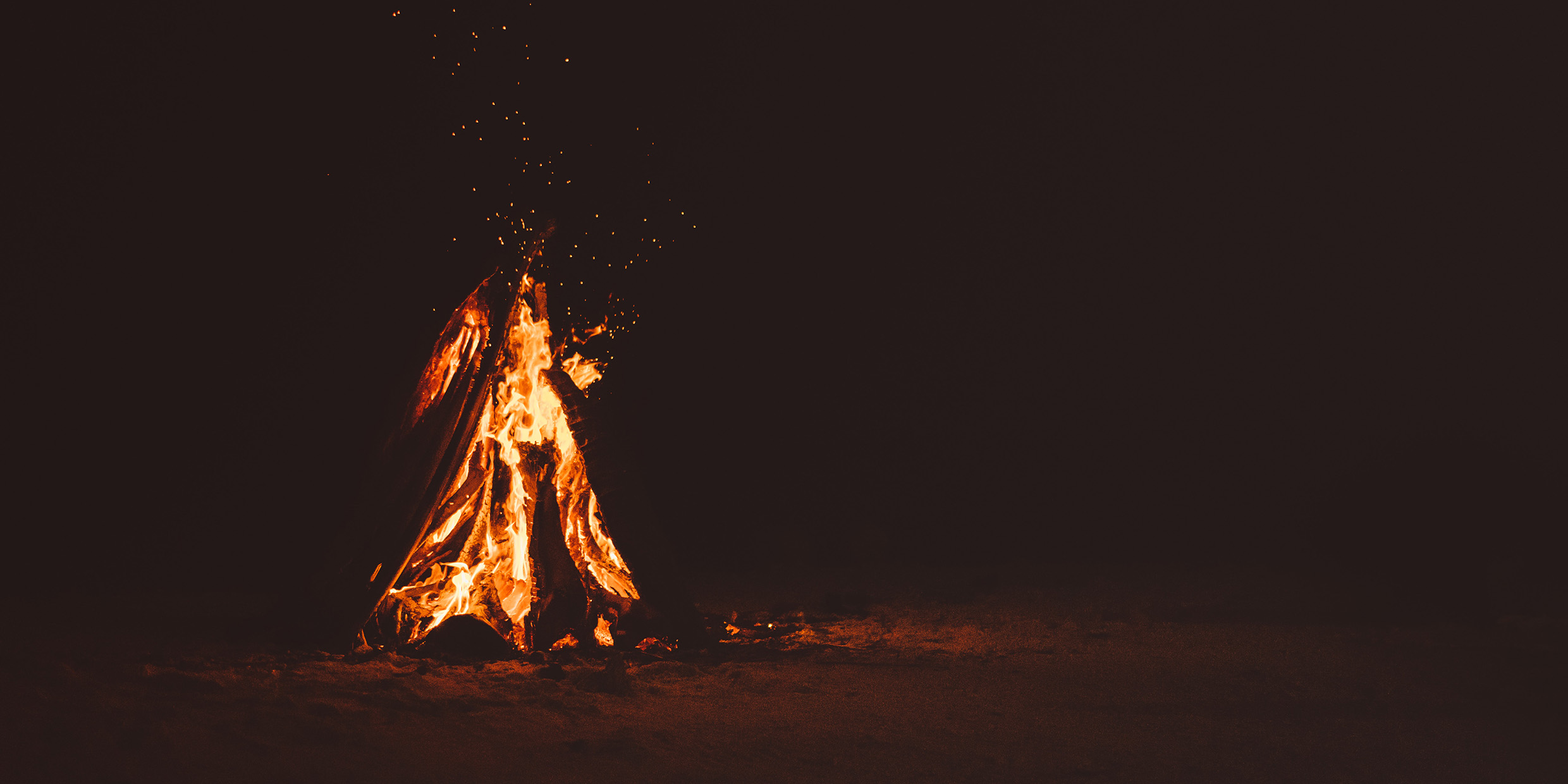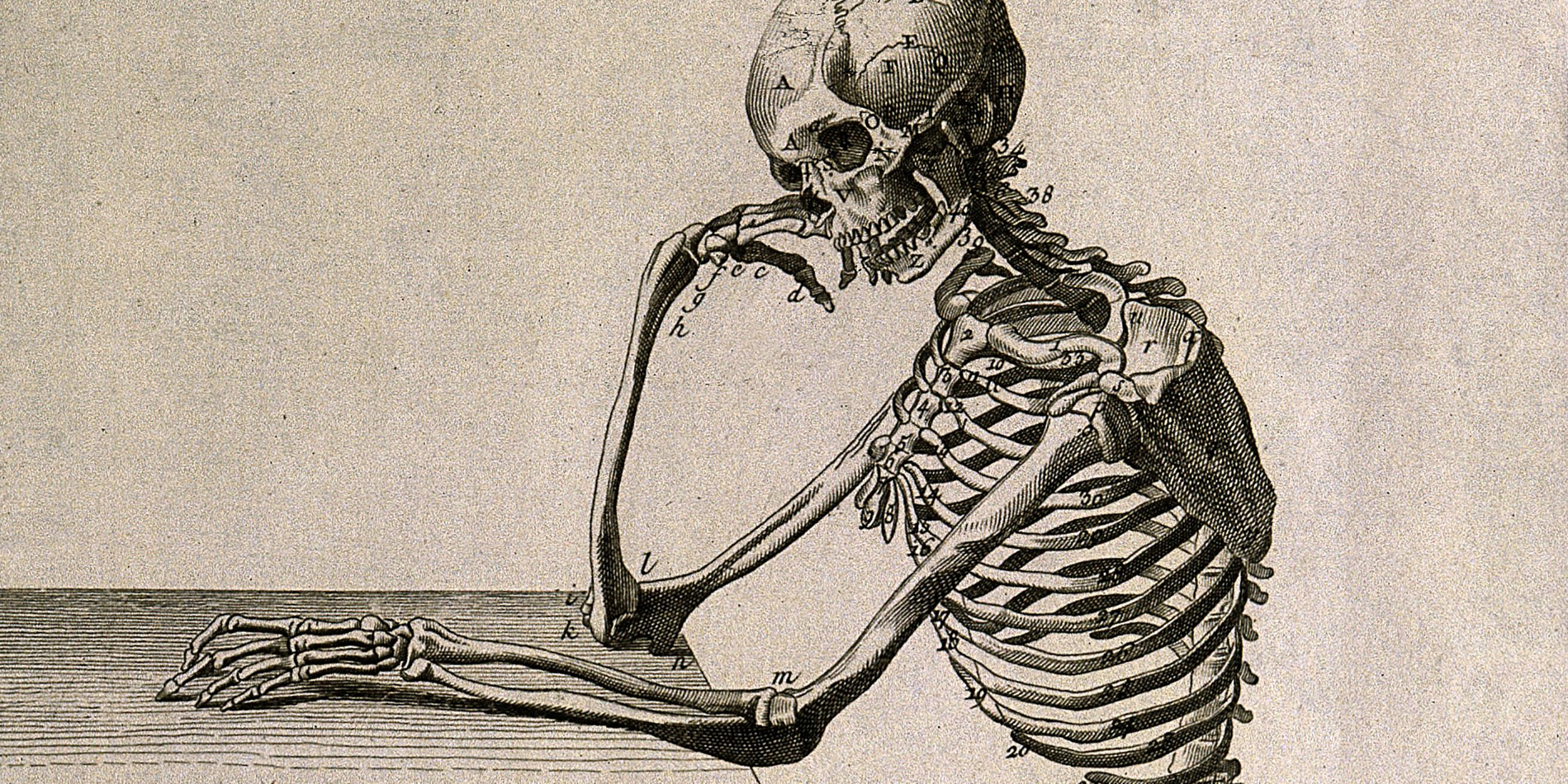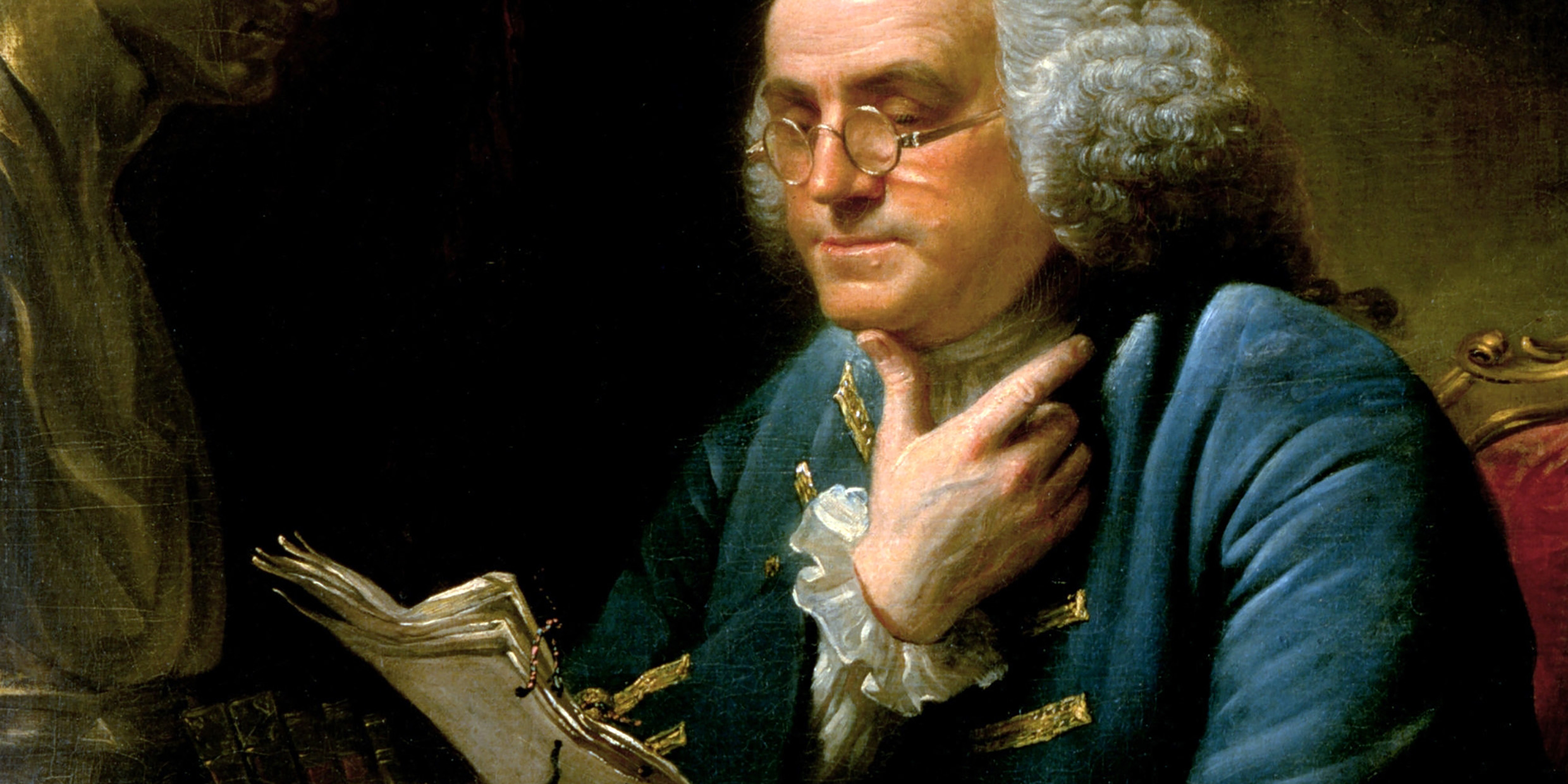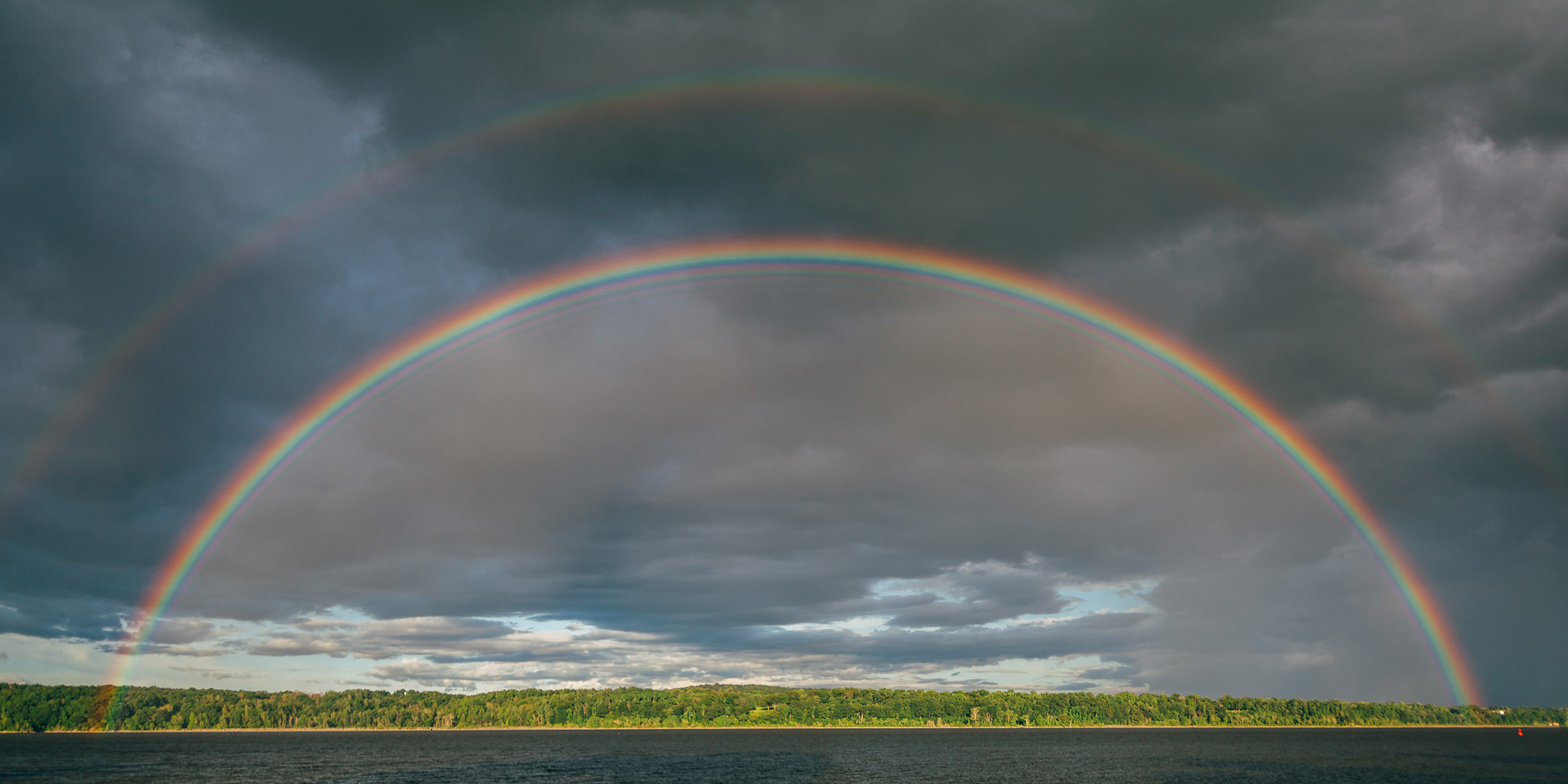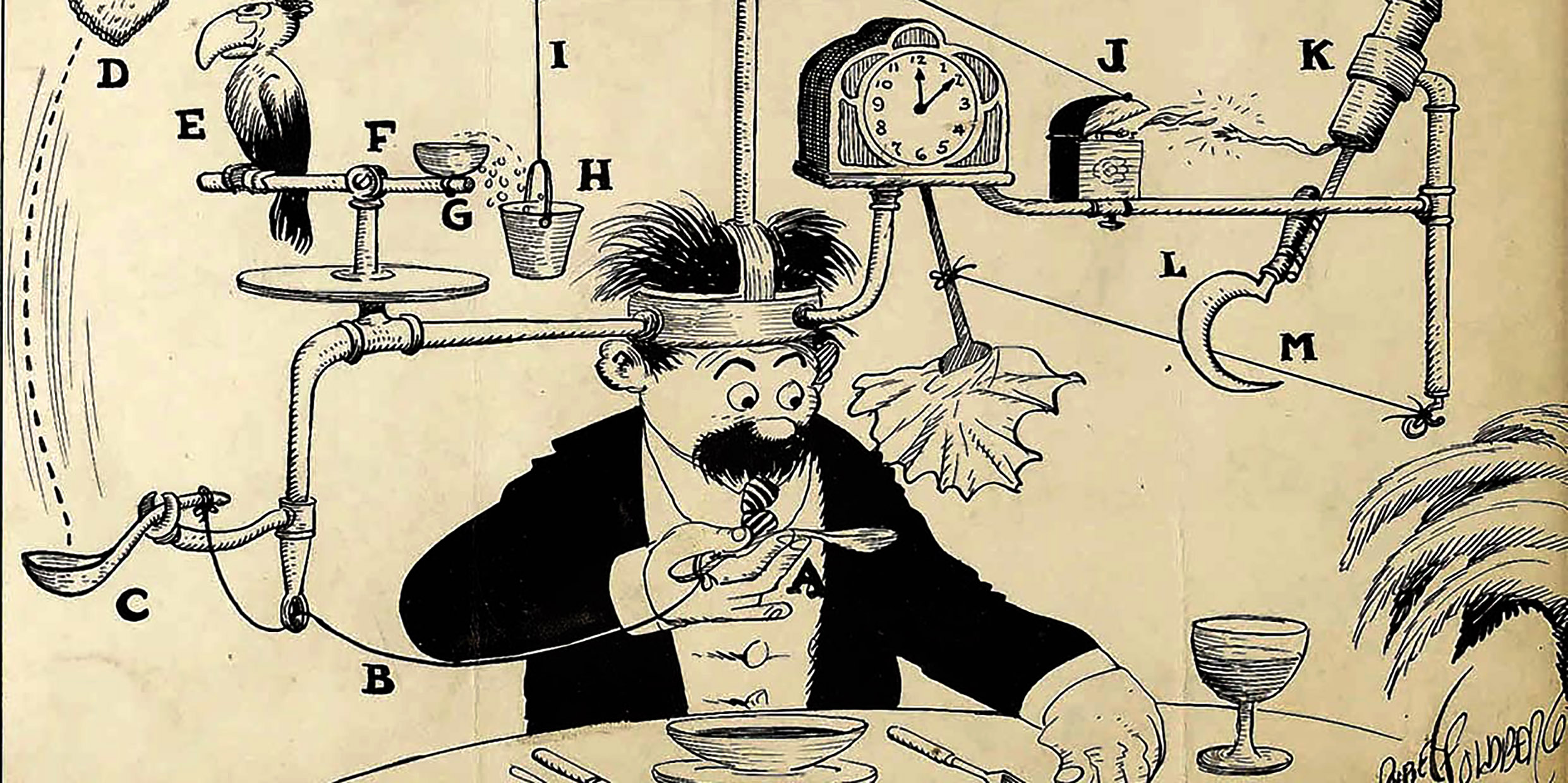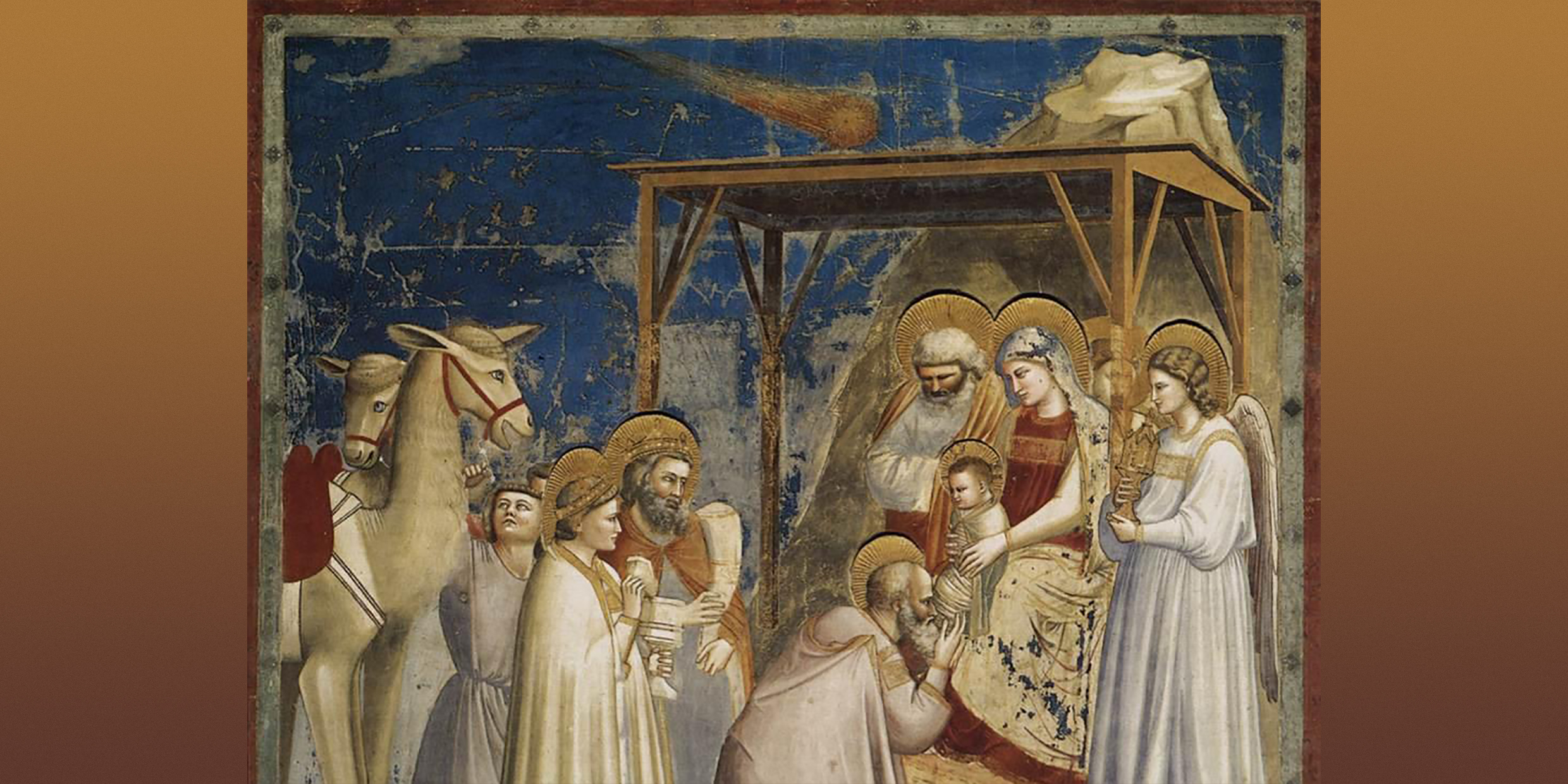According to the news, Vermont maple syrup producers are running scared of the pear “thrip.” This little insect defoliates maple trees, which is not good for the sap.
Articles from March 2020
Science and miracles
By now everyone has heard the result of the carbon-14 dating tests on the Shroud of Turin, the linen cloth preserved in the cathedral at Turin, Italy, bearing the likeness of a man and purported to be the winding sheet of Christ.
Meet Mr. Gibbs
Previously, in a column on the scientific reputation of Benjamin Franklin, I mentioned Willard Gibbs, calling him the greatest scientist America produced until our own century. Several readers asked, “Who’s this guy Gibbs you think so much of?” An informal survey confirmed Gibbs’ anonymity; no one I questioned could place the man or his achievements.
World without stars
This semester I am teaching a course in introductory astronomy. So far, of six nights scheduled for observation, five have been overcast. On the sixth we caught glimpses of Orion, the Pleiades, Jupiter, and Mars through breaks in the clouds. That’s about par for the course.
Fireside tales
From Swartkrans cave in the Transvaal region of South Africa comes news of the earliest known use of fire. In a [Dec. 1988] issue of Nature, archeologists C. K. Brain and A. Sillent, of the Transvaal Museum and University of Cape Town, report the discovery of charred bones more than 1 million years old.
In search of the soul
“I sing the body electric,” wrote Walt Whitman. Let the poets praise the body’s galvanic spirit, moral incandescence, and currents of courage and passion. To physician-essayists Richard Selzer and Frank Gonzalez-Crussi goes the task of chronicling the body’s short circuits, frayed insulation, blown fuses, and dead batteries.
Franklin, scientist
Tomorrow [Jan. 17] is the birthday of Benjamin Franklin — patriot, diplomat, printer, journalist, author of “Poor Richard’s Almanack,” inventor of the Franklin stove and bifocals, internationally-acclaimed scientist.
Nature’s own triumphal arch
With snowflakes in the air, this may seem to be the wrong time of the year to be writing about rainbows. But I’ve just read for the second time Fred Schaaf’s essay “100 Rainbows” in his new book “The Starry Room,” and I’m reminded that rainbows are not necessarily a seasonal phenomena.
Goldberg had answer
Lots of stories in the news lately about the perils of mega-technology.
Giotto’s ‘star’
In the year 1303, Enrico Scrovegni, a businessman of Padua, Italy, commissioned the construction of a chapel, partly to expiate the sins of his father, a notorious money-lender assigned by the poet Dante to the seventh circle of Hell.
